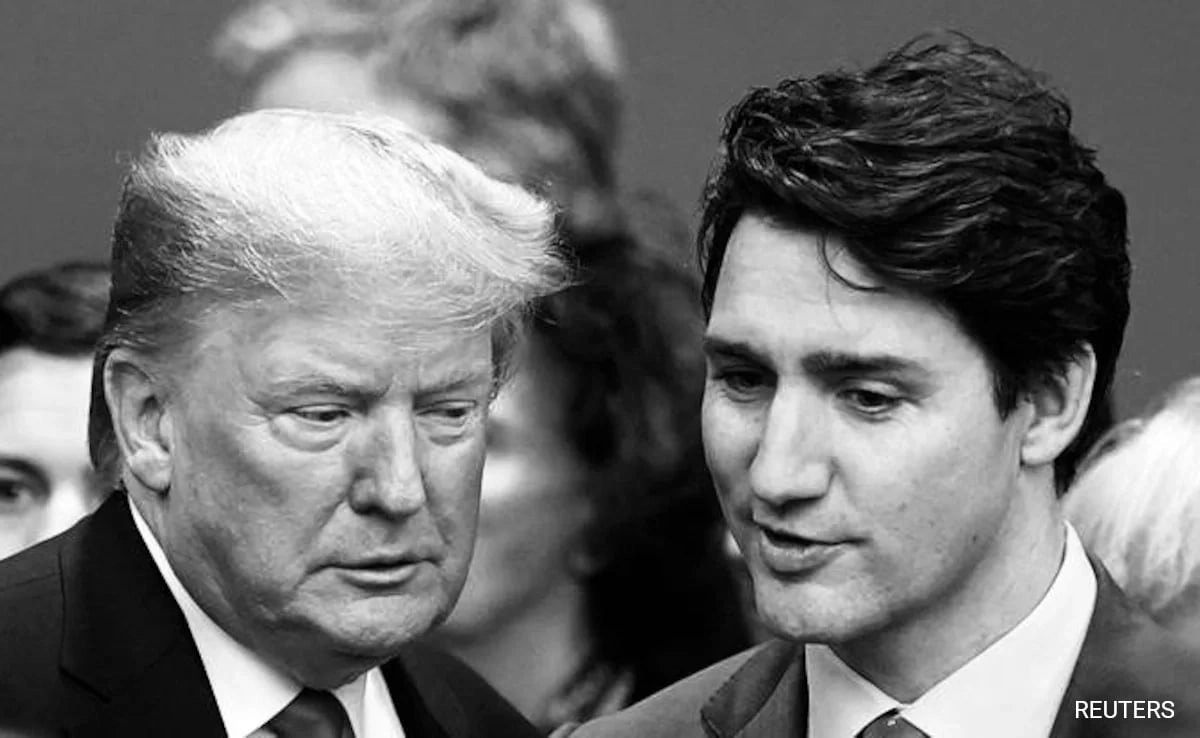In the complex political landscape of Bihar, the fate of the state is influenced by a variety of factors beyond just the prominent figures like Nitish Kumar and Tejashwi Yadav. While political leadership plays a crucial role in shaping policies and governance, the underlying forces that drive the state’s development and public sentiment are multifaceted. Understanding these forces is essential for anyone looking to grasp the dynamics of Bihar’s future.
Firstly, socioeconomic factors significantly impact the electorate’s decision-making process. Issues related to poverty, unemployment, and education are at the forefront of public concern. The growing discontent among the youth, who seek job opportunities and better living standards, is a driving force that political leaders must address. Moreover, the agricultural sector, which remains a backbone of Bihar’s economy, is influenced by market conditions and government policies. Farmers’ distress due to inadequate support and fluctuating market prices can sway public opinion dramatically, making agricultural reforms a critical agenda for any political party.
Additionally, regional dynamics and caste equations further complicate the political scenario in Bihar. The state’s diverse demographic landscape means that various caste groups hold significant influence over electoral outcomes. Parties that can effectively navigate these social dynamics and align their policies with the interests of these groups often find success at the polls. Furthermore, the role of local leaders and grassroots movements cannot be underestimated. These figures often act as intermediaries between the populace and the political elite, shaping public opinion and mobilizing support for or against certain political agendas.
Lastly, the impact of national politics and alliances cannot be ignored. The relationship between Bihar’s political parties and their counterparts at the national level can alter alliances and influence policy directions. The shifting loyalties and political strategies in response to national issues, such as economic reforms or social justice movements, can have cascading effects on Bihar’s political stability and development. As such, while Nitish Kumar and Tejashwi Yadav may be the faces of Bihar’s political narrative, it is the interplay of these eleven forces—socioeconomic conditions, regional dynamics, local leadership, and national politics—that will ultimately determine the state’s future. Understanding these elements is crucial for both voters and political strategists as they navigate the complex terrain of Bihar’s electoral landscape.




